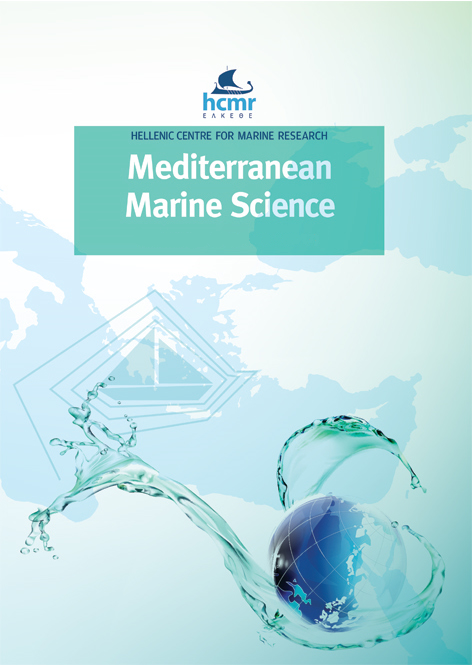Damage and economic impact of wood-borers (Bivalvia, Teredinidae) on artisanal fishing in Morocco: a case study

Abstract
This study presents the first comprehensive assessment of the economic impact of wood-boring bivalves from the family Teredinidae on artisanal fishing in Tangier, Morocco, following the establishment of a new fishing port that has seen a marked increase in infestations since its opening in 2018. We conducted a questionnaire survey with over 40 artisanal shipowners to evaluate the extent of damage and repair costs associated with teredinids. The results indicated that 77.5% of the fleet was affected, with a significant proportion reporting moderate damage. Analysis of wood samples revealed two dominant teredinid species: Lyrodus cf. pedicellatus, and Teredo bartschi, both recorded for the first time in Morocco, marking them as alien invasive species in the region. The vulnerability of wooden boats, particularly those constructed from softwoods (e.g., Picea sp. and Pinus sp.), was evident, while polyester boats remained unaffected. Annual repair costs due to shipworm damage were estimated to exceed Moroccan Dirham (MAD) 4.7 million (US$ 470,000), representing over 6% of the artisanal fishery annual value, significantly impacting the livelihoods of artisanal fishermen. Shipping activities through the Strait of Gibraltar likely facilitated the introduction of teredinids. Their adaptability and rising sea temperatures suggest teredinids’ range will continue to expand, threatening local fishing infrastructure. The findings underscore the urgent need for targeted management strategies to mitigate the economic and ecological impacts of these invasive species on artisanal fishing communities.
Article Details
- How to Cite
-
EL JAMAAI, J., TAHERI, A., EL AJJOURI, B., ADLAN MERINI, M. S., & BORGES, L. M. S. (2025). Damage and economic impact of wood-borers (Bivalvia, Teredinidae) on artisanal fishing in Morocco: a case study. Mediterranean Marine Science, 26(1), 120–130. https://doi.org/10.12681/mms.39039
- Section
- Research Article
Authors who publish with this journal agree to the following terms:
- Authors retain copyright and grant the journal right of first publication with the work simultaneously licensed under a Creative Commons Attribution Non-Commercial License that allows others to share the work with an acknowledgement of the work's authorship and initial publication in this journal.
- Authors are able to enter into separate, additional contractual arrangements for the non-exclusive distribution of the journal's published version of the work (e.g. post it to an institutional repository or publish it in a book), with an acknowledgement of its initial publication in this journal.
- Authors are permitted and encouraged to post their work online (preferably in institutional repositories or on their website) prior to and during the submission process, as it can lead to productive exchanges, as well as earlier and greater citation of published work (See The Effect of Open Access).




